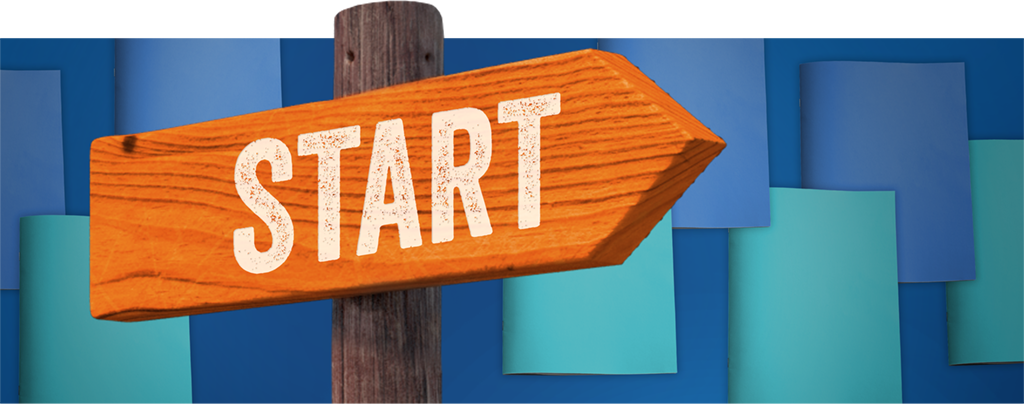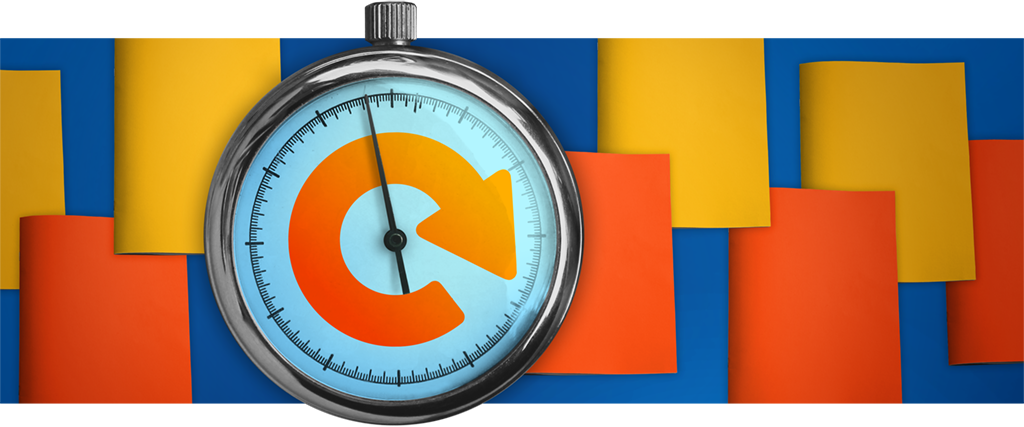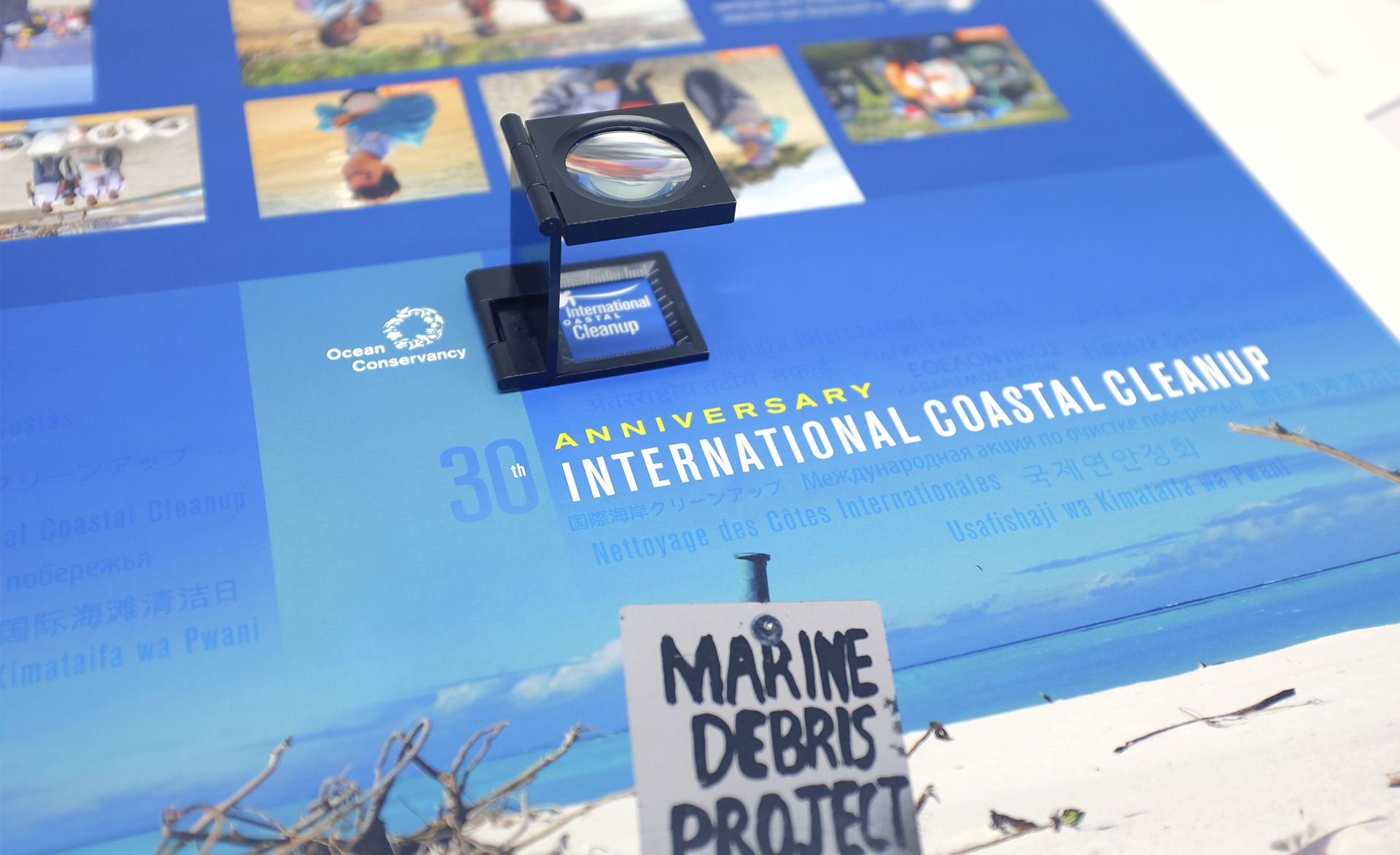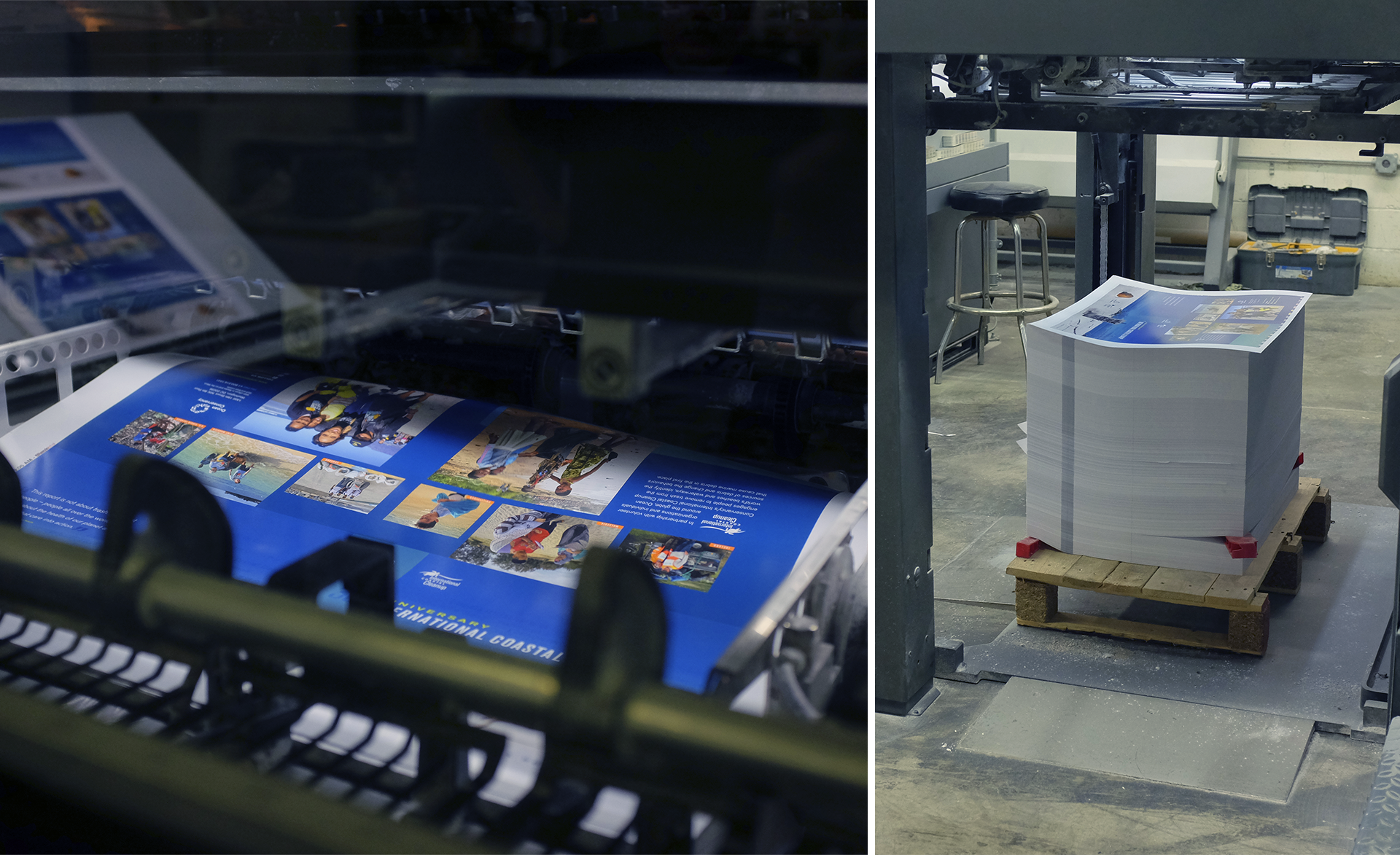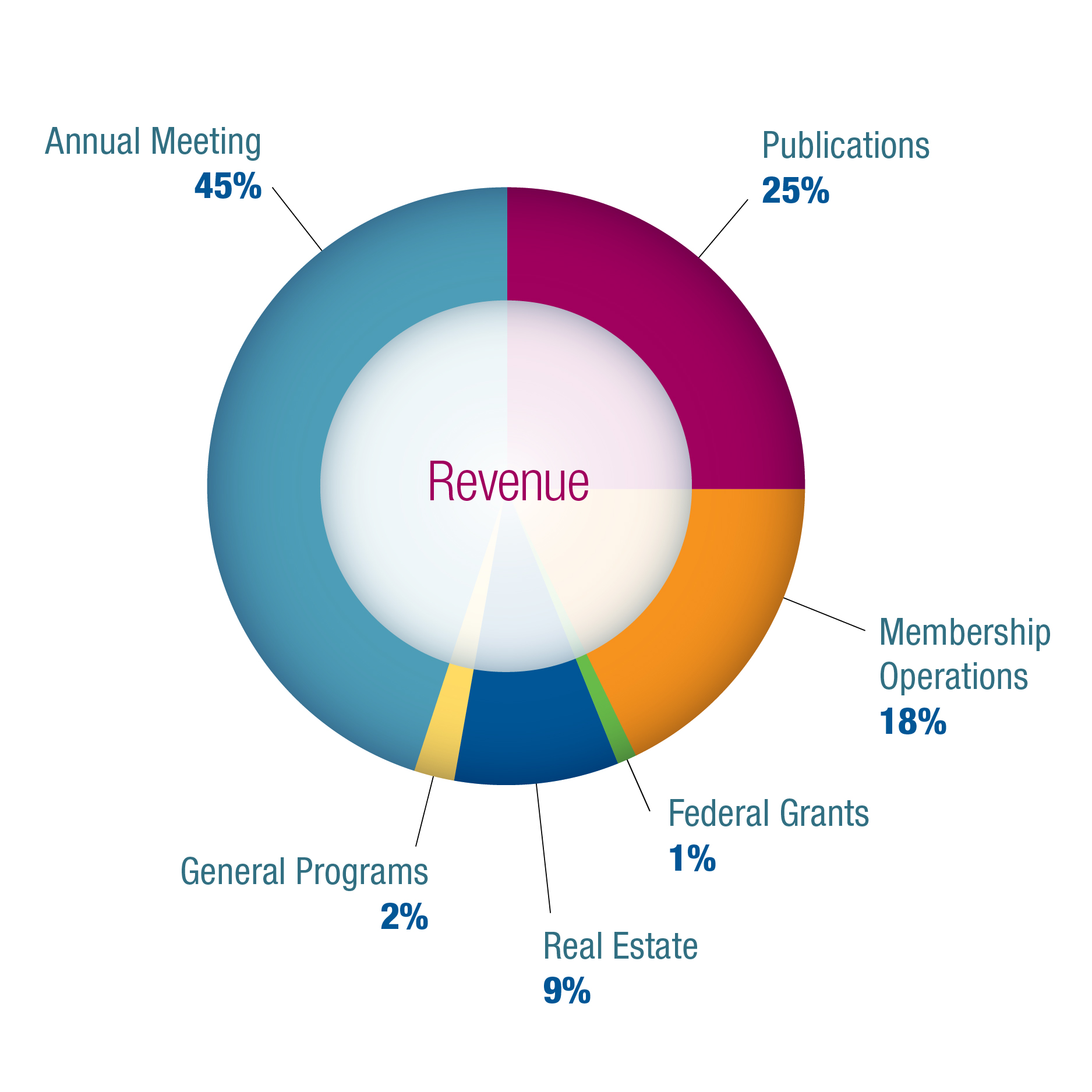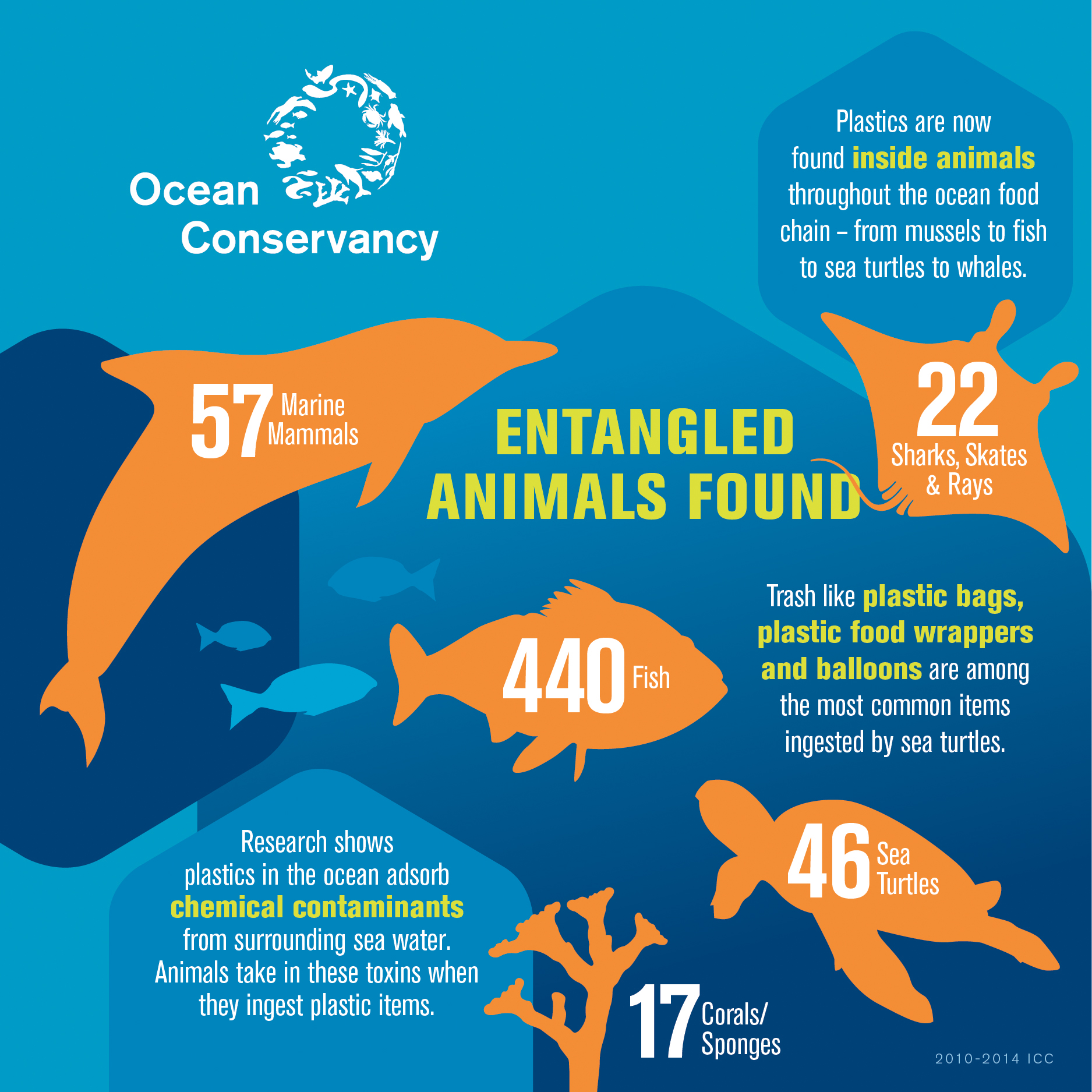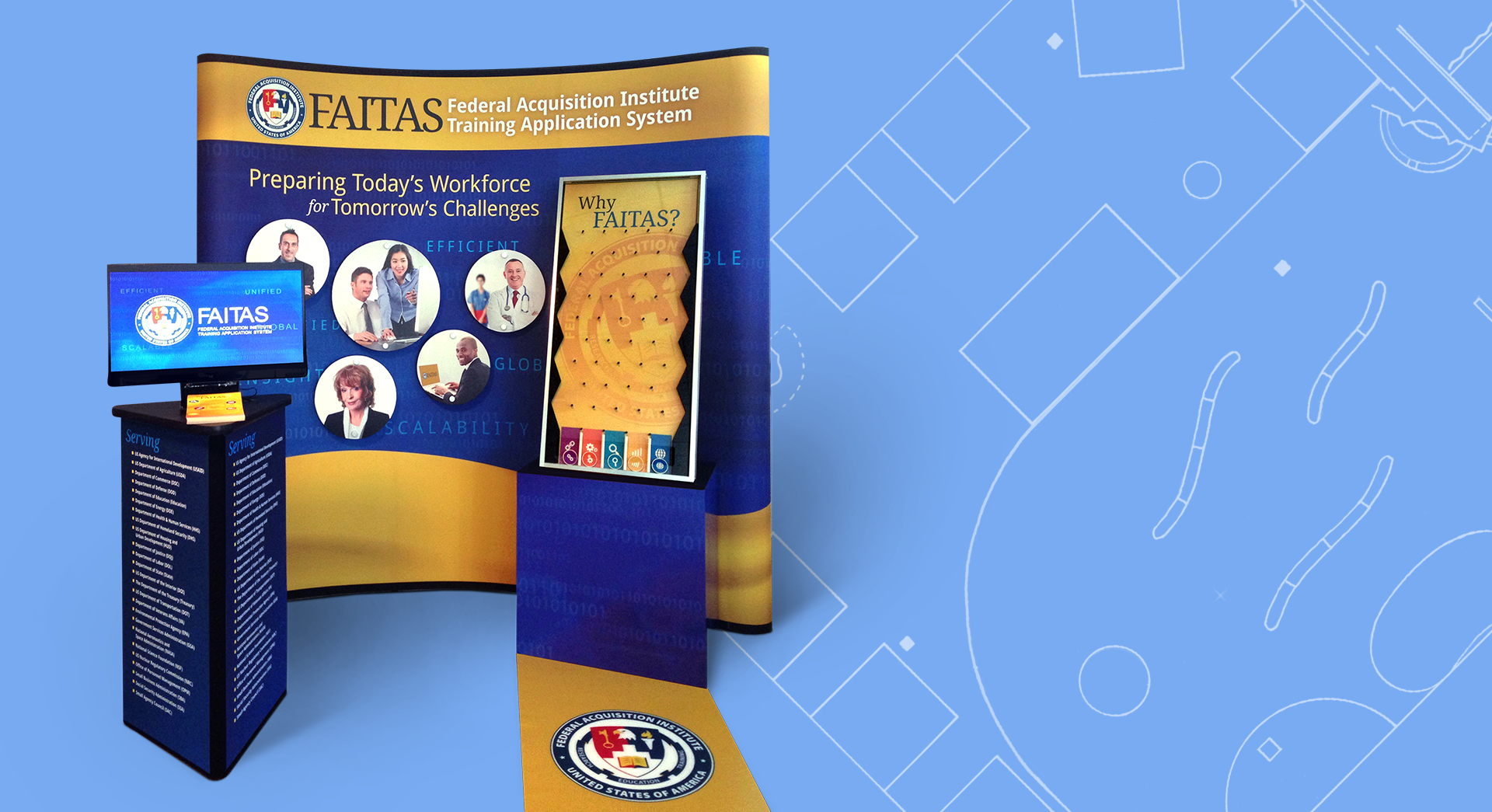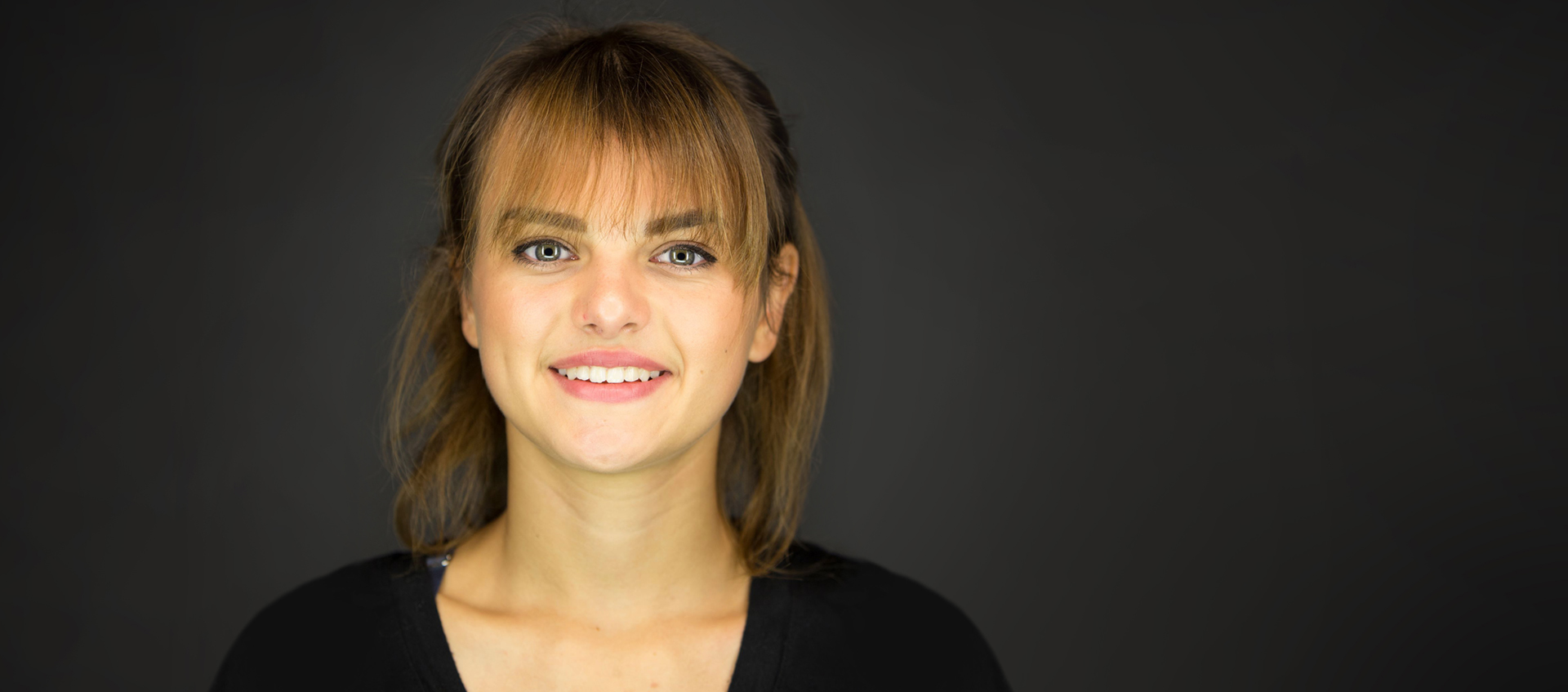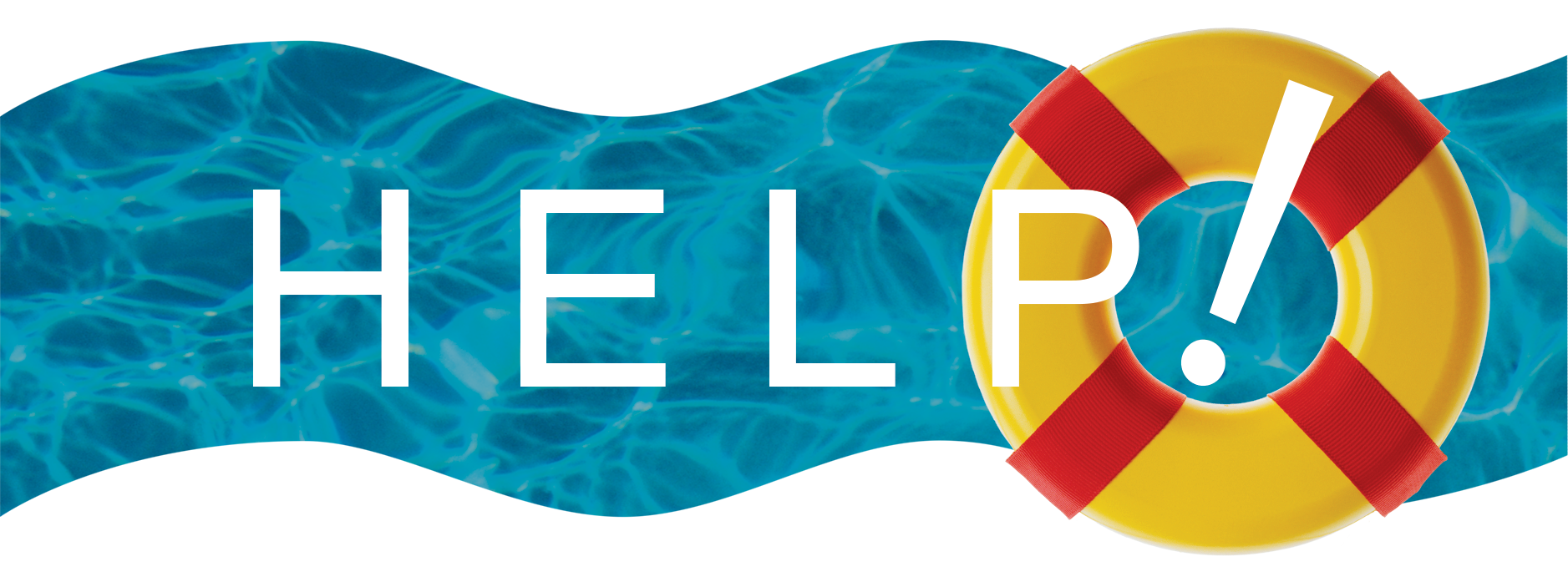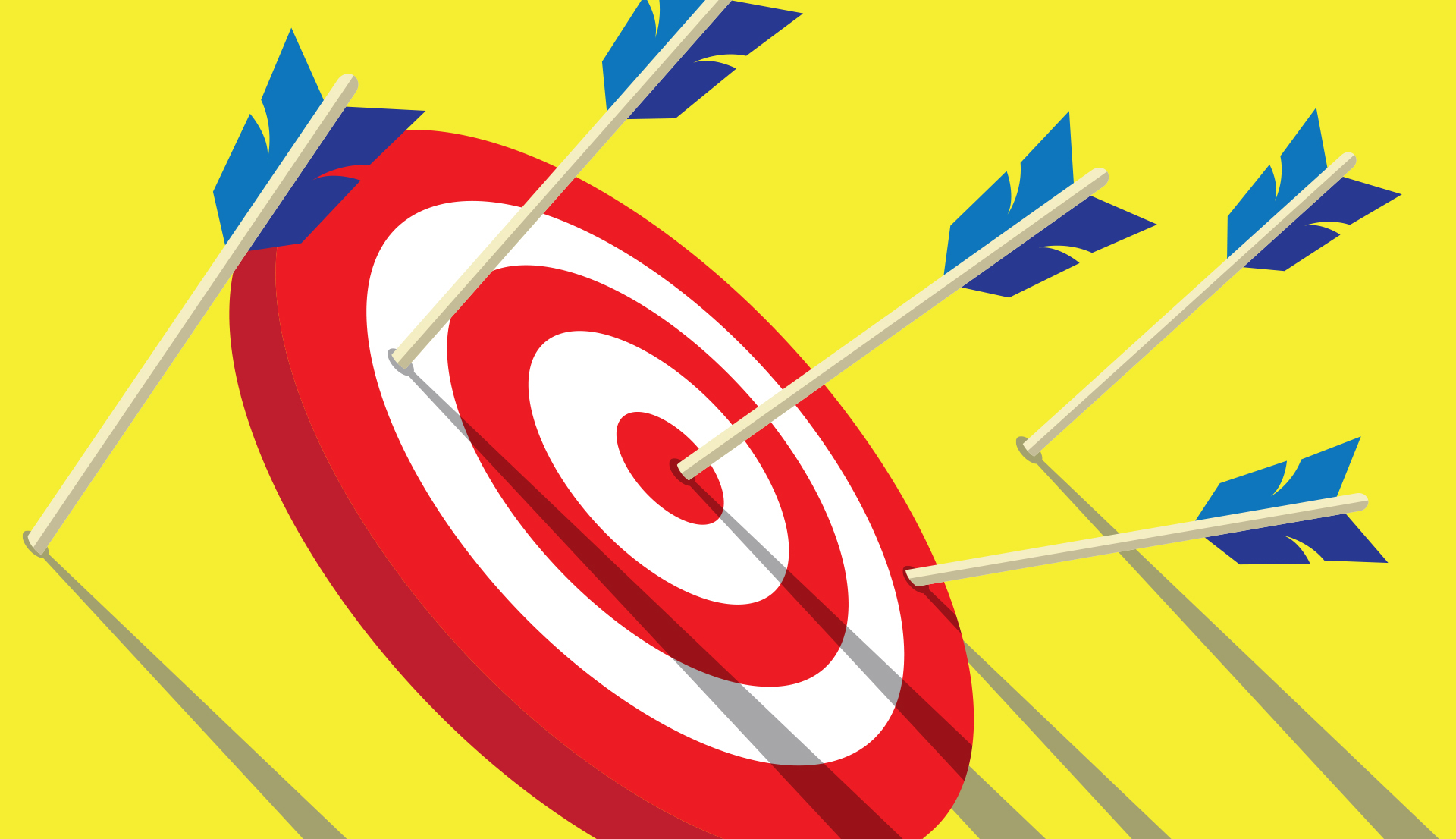Part 2 – Where do I start?
In Part 1 we covered when the time is right to consider a magazine redesign. In this post, let’s explore how to get started. The key is a careful collaborative partner – one who will ask the right questions and facilitate a process to define and reach your publication’s goals.
- Review – Schedule enough time for a thorough and thoughtful audit and critique of your existing publication. Review what aspects of your magazine really work well, and which ones require a tune-up or even possible elimination. Consider what new features might enhance your readers’ experience and potentially grow your audience.
- Plan for Evolution – Consider how your magazine might change over the next several years. Does your publication have a digital edition? Will you require an app or a web-based platform? Anticipating these issues will allow you to design a magazine brand that can transition well as publishing technologies evolve.
- Refine and define – With the knowledge you’ve gathered, refine your vision and define your goals. Be precise while outlining the specifications but allow space for your design team to explore creative solutions while meeting your expectations. Remember, the better a problem is defined, the clearer the solutions become.
- Consult the experts – Engaging the right creative team with a range of magazine and publication experience is key to a successful outcome. Whether you’re launching a new magazine or bringing a successful existing brand up-to-date, a knowledgeable collaborative partner can guide the process and advise on best practices.
At Dever Designs we work closely with clients, guiding them through a facilitated process to analyze, define, and deliver superior publications. From turn-key magazines, to templates and style guides for in-house design teams, we have the expertise to take your publication to the next level. Get in touch to start the conversation.
